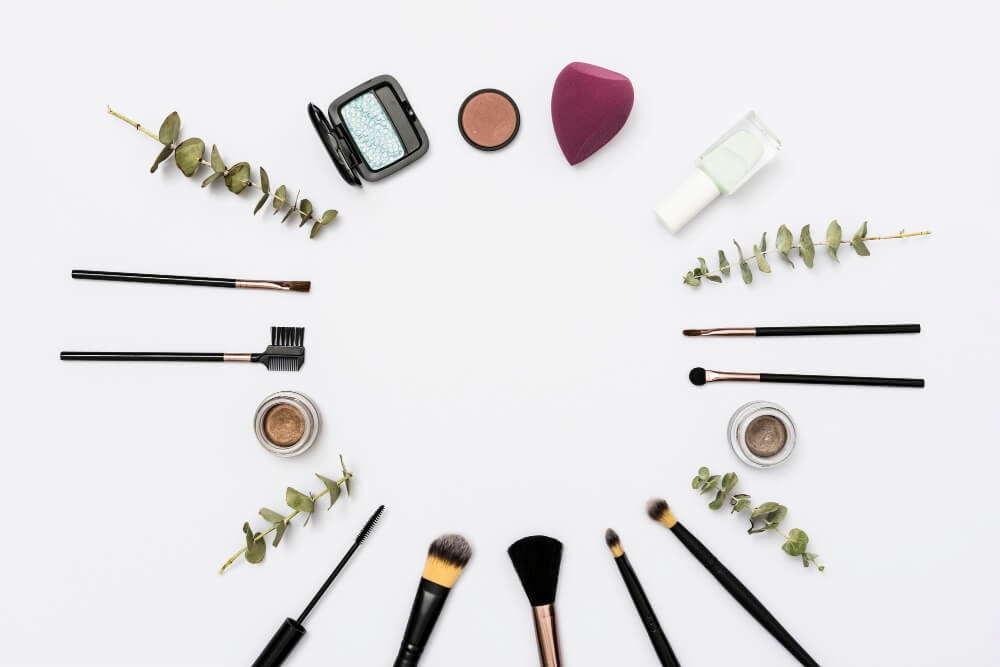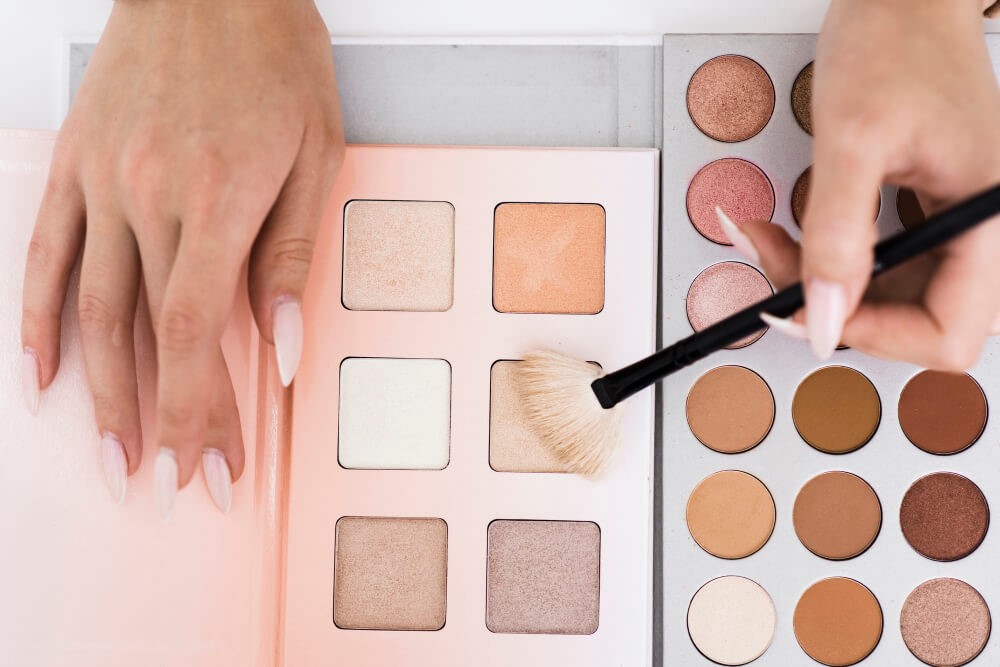Master the Terminology – The Meaning and Pronunciation of Xanthelasma
Master the Terminology – The Meaning and Pronunciation of Xanthelasma
It is a word you likely never heard before, a strange and clinical term that suddenly becomes intensely personal. It happens in the quiet, sterile room of a doctor’s office. You have been pointing to the small, yellowish marks on your eyelids, the ones you have been anxiously watching in the mirror for months. Your doctor looks closely, nods with professional recognition, and then says it. “What you have is called xanthelasma.”
The word hangs in the air, feeling foreign and heavy. Xanthelasma. You try to repeat it, but it feels clumsy on your tongue. You cannot spell it, you cannot define it, and you certainly cannot grasp its full meaning in that moment. All you know is that this bizarre, complicated word now belongs to you. It is the official name for the marks that have been causing you so much quiet concern. This experience, this moment of linguistic vertigo, is where the journey to understanding begins. Mastering the terminology, from its meaning to its pronunciation, is not just an academic exercise. It is the first and most powerful step in taking back control, transforming a source of fear into a defined, manageable condition.

The Moment You First Hear the Word
The human mind craves clarity. We want names for things, definitions that can be neatly filed away. When a doctor gives you a diagnosis, you are not just receiving a label, you are being handed a key. But what good is a key if you do not know how to hold it, let alone use it? The word “xanthelasma” can feel like that, a complex key that does not seem to fit any lock you recognize.
You leave the office with the word echoing in your head. You try to Google it later, typing in phonetic guesses, “zank-the-lasma,” or descriptive phrases like “yellow cholesterol spots on eyelids.” The feeling of not even knowing the correct term for your own condition can be profoundly disempowering. It can make you feel like a passive patient rather than an active participant in your own health. But this feeling is temporary. The moment you decide to decipher this word, you begin to shift that dynamic.

Breaking Down the Name: The Greek Roots of Xanthelasma
Every complex word has a story, and the story of “xanthelasma” begins in ancient Greece. The name itself is a beautifully descriptive compound of two Greek words. Understanding its etymology is like looking at the blueprint of the condition.
The first part, “xanthos,” is the Greek word for yellow. This is the most immediate and striking visual characteristic of the plaques. It is the buttery, chamomile, or sometimes deeper yellow hue that first catches your eye in the mirror. This color is a direct result of the plaque’s composition, the cholesterol and other fats, or lipids, that have accumulated there.
The second part, “elasma,” is Greek for a plate or a plaque. This refers to the physical form of the deposit, which is typically a flat or slightly raised patch with a defined border. It is not a fluid-filled cyst or a hard, keratinous bump. It is a plate of material laid down just beneath the skin.
When you put them together, “xanthelasma” literally means “yellow plate.” The full medical term is often xanthelasma palpebrarum, with “palpebrarum” being Latin for “of the eyelid.” So, the complete name gives you a perfect, three-part definition: a yellow plate on the eyelid. Suddenly, the strange, clinical term becomes a simple, accurate description.

How to Say It: A Simple Guide to Pronunciation
Knowing the meaning is one thing, but being able to say the word confidently is another. It matters in conversations with your doctor, in explaining it to a concerned loved one, or even just in your own internal monologue. Stumbling over the pronunciation can make you feel hesitant and uncertain. Let’s demystify it once and for all.
The pronunciation is: ZAN-thel-AZ-muh.
Let’s break it down syllable by syllable.
- ZAN: It starts with a “Z” sound, not an “X” sound. Think of the word “xylophone.” So it is Zan, rhyming with “pan.”
- thel: This is a soft “thel” sound, just like in the word “the.”
- AZ: This syllable gets the primary emphasis. It is a clear “az” sound, like the end of the word “jazz.”
- muh: A simple, soft final syllable, like the “ma” in “comma.”
So, you put it all together: Zan-thel-AZ-muh. Say it out loud a few times. It is a rhythmic, four-syllable word. Being able to pronounce it correctly is a small but significant victory. It is the moment the word stops being a foreign object and becomes a part of your vocabulary, a tool you can use with confidence.

Beyond the Dictionary: The True Medical Meaning
Now that you can define the word and say it with authority, we can explore its deeper medical meaning. A xanthelasma plaque is more than just a yellow plate on the eyelid. It is a visible sign of a microscopic process. The The Cleveland Clinic explains that these plaques are collections of macrophages, a type of immune cell, that have become engorged with fat.
Imagine your body’s tiniest blood vessels, the capillaries, as delicate irrigation hoses. In about half of the people with xanthelasma, their blood contains an excess of cholesterol. This can cause the delicate “hoses” in the eyelids to become leaky, allowing cholesterol to seep out into the surrounding skin. Your body’s immune system sends in the macrophage cleanup crew to absorb this escaped fat. When the macrophages become overwhelmed and full, they transform into what are called “foam cells.” The xanthelasma plaque you see is simply a visible accumulation of these fat-filled foam cells. This is why it is considered a cutaneous marker, a sign on the skin pointing to a potential internal issue.
This is the most critical part of its meaning. The plaque itself is benign. But its presence can be a very important clue about your cardiovascular health. It can be the first, and sometimes only, visible sign of high cholesterol, a condition that is otherwise silent. This is why anyone who develops xanthelasma is strongly advised to see their doctor for a lipid panel blood test to check their cholesterol and triglyceride levels. As the Mayo Clinic details, high cholesterol is a risk factor for more serious conditions, making the early warning provided by xanthelasma invaluable.

The Power of Naming Your Nemesis
There is a profound psychological shift that occurs when you master the terminology of your own condition. An unnamed, unknown growth on your eyelid is a source of amorphous anxiety. It is a “thing,” a “spot,” a “blemish” that carries with it a cloud of worry and a litany of worst-case scenarios.
But the moment you can name it, pronounce it, and define it, you change your relationship with it. It ceases to be a mysterious monster under the bed. It becomes a defined entity, xanthelasma, a well-documented condition with known characteristics and clear next steps. Knowledge transforms fear into action. Understanding the terminology empowers you to do your own research from a place of confidence, to read articles from authoritative sources like the National Institutes of Health, and to have more productive, peer-level conversations with your healthcare team. You are no longer just a patient receiving information, you are an informed partner in your own care.
This mastery over the word itself is a reclamation of control. It is a way of telling yourself and the world that while this condition may be a part of your body, it does not have power over your understanding or your resolve.

Xanthel ® – Helping With The Cosmetic Appearance Of Xanthelasma
You have now journeyed from the initial shock of a strange diagnosis to a place of mastery over the term “xanthelasma.” You know its meaning, its pronunciation, and its medical significance. After taking the essential step of consulting with a medical professional to manage your health, you can confidently turn your attention to the cosmetic concern that started it all. You are empowered with knowledge, now you can empower yourself with a solution for the reflection you see in the mirror. It is time to discover Xanthel ® Gel, a professional-grade cosmetic gel expertly formulated to visibly diminish the appearance of xanthelasma plaques.
You do not have to let these yellow marks define your confidence. Xanthel ® Gel offers a direct, targeted approach to cosmetic improvement that you can use in the privacy and comfort of your own home. Its selectively formulated composition is engineered to work on the aesthetic appearance of the plaques, helping to restore the skin’s natural, clear look. For many, a single, straightforward application is all that is needed to see a dramatic and gratifying cosmetic change.
Created to be effective across all skin tones, Xanthel ® Gel is your specialized ally in this journey. This is not a medical treatment for cholesterol, but a dedicated cosmetic solution for anyone seeking to visibly refine the skin around their eyes. Your kit is delivered with free worldwide delivery, bringing the path to a clearer appearance directly and discreetly to you. Choose clarity. Choose confidence. Choose the targeted cosmetic power of Xanthel ® Gel and begin the journey back to seeing your own, familiar, confident face in the mirror.

Xanthel ® Cosmetic Gel
A focused cosmetic gel formulated specifically to improve the appearance of eyelids bearing xanthelasma plaques. Its composition is selectively designed for cosmetic impact across all skin tones, offering a straightforward, at-home option for managing the look of these blemishes.
A Singular Application
The power of Xanthel ® is in its simplicity. It is formulated for a single, one-time cosmetic application. This focused approach is designed to visibly diminish the appearance of xanthelasma plaques, removing the need for daily or repeat uses.
Legal: This product is for cosmetic use only. Not intended to diagnose, treat, cure, or prevent any medical condition. Consult a healthcare professional regarding skin conditions. Xanthel ® is custom-formulated based on your plaque characteristics, age, and skin tone to ensure optimal cosmetic effectiveness for your xanthelasma.